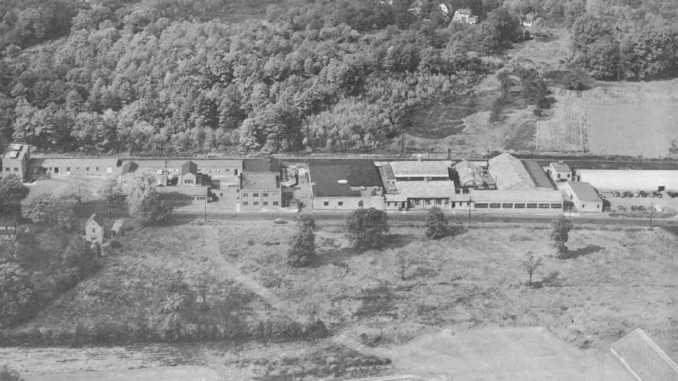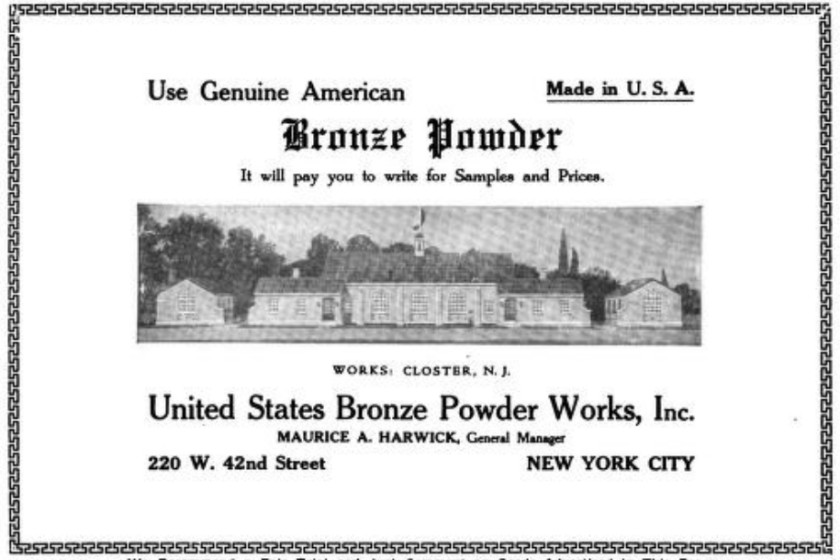

CLOSTER, N.J.—Few have heard of it today, but the United States Bronze Powder Works was at one time the largest industry and employer in the Northern Valley.
The company operated three plants: one in Quebec, one in New York State, and its largest, which was in Closter. It occupied a row of brick buildings on a 1,000-foot strip of land on Herbert Avenue. The buildings still stand between Carlson Court and Blanche Avenue.
One hundred years ago this week, the factory made front page news for the wrong reason.
William Martens, 33, had come from Germany in 1911 and was renting a room at the home of a middle-aged couple on Old Closter Dock Road. He worked as a shipping clerk for the Bronze Powder Works, making $27 a week. Over his three years there Martens had become a trusted employee.
On Tuesday, Feb. 17, 1920, at 8:15 a.m., plant manager M.J. Fuchs sent Martens to the Closter National Bank, as he usually did, to cash the payroll check in an amount of $816.
At 10 a.m., Martens still had not returned to the factory. Fuchs phoned the bank and found that the payroll check had been cashed.
Further investigation showed that Martens had been seen boarding the 8:51 a.m. train bound for New York City. After that, all trace of the man was lost.
The sum of $816 in 1920 is equivalent to more than $10,000 today.
News articles from the time mention that Martens was known to be engaged to a 27-year-old servant living with a private family in East Orange. Police tried to contact the woman, but could not find her.
A warrant for Martens’ arrest was issued two days after his disappearance, but there is no record of his ever being found.
The U.S Bronze and Powder Works, before 1918, had operated under the name B. Ullmann & Company and was a German-owned factory.

In 1918 (as the U.S. was getting involved in World War I), Henry H. Mandle and Maurice A. Harwick bought B. Ullmann Company, “an enemy alien bronze powder company,” by consent of the U.S. government and by order of the Supreme Court.
Harwick brought 18 years of experience in bronze powder manufacturing and sales, while Mandle was a metallurgist and chemical engineer.
In a 1918 article, a trade publication called The Paint, Oil, and Drug Review reported the following: “It is a source of great satisfaction at this time to know that, while heretofore bronze powder factories have been usually foreign owned, the new enterprise is distinctly American in management and ownership.”
According to the Closter Historic Preservation Commission, “By 1920, after refurbishing the original buildings, the Closter company was expanding by constructing a new factory adjoining the original building. The cost was $250,000 and would help produce almost 1,000,000 pounds per annum and employ 16 people, including a day and night watchman. In peace time, the plant produced bronze and aluminum powder for the graphic arts and painting industries. It became the largest employer and industry in the Northern Valley in the first half of the 20th century.”
